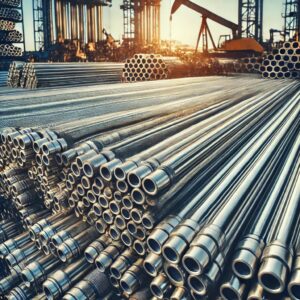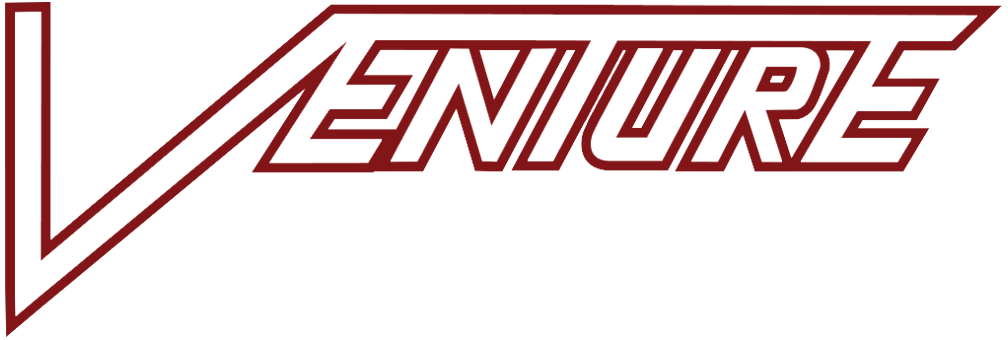Did you know that using the right oil field equipment can improve operational efficiency by over 30%? Selecting the right tools and materials is critical to the success of any oil field project. The right choices ensure safety, minimize downtime, and keep your project on budget.
In this guide, we’ll explore how to evaluate your needs, choose from common equipment types, and make decisions that set your project up for success.
Evaluate Your Project Requirements

Every oil field project is unique. Before selecting equipment, ask yourself:
- What type of operation am I running (e.g., drilling, extraction, or maintenance)?
- How large is the project, and where is it located?
- Are there environmental factors, such as extreme temperatures or high corrosion risk?
For example, offshore projects often require corrosion-resistant materials like stainless steel, while onshore projects might focus more on cost-efficiency.
Common Oil Field Equipment and Their Applications

Tubulars and Sucker Rods
Tubulars form the backbone of any drilling operation, transporting oil, gas, or water effectively. Sucker rods are crucial for transferring mechanical energy to pumps in extraction operations. Look for high-tensile strength materials to withstand pressure.
Tanks and Fittings
Storage tanks hold vital fluids such as crude oil or water. Choose tanks made from corrosion-resistant materials, especially for long-term storage. High-quality fittings ensure leak-free connections, improving efficiency.
Pipeline Materials
Steel pipelines are ideal for high-pressure environments, while poly-gas lines are lightweight and corrosion-resistant, making them suitable for specific applications like natural gas transportation.
Key Considerations for Selecting Oil Field Equipment
Durability and Longevity
Invest in materials like carbon steel or stainless steel for equipment that endures harsh environments. While upfront costs may be higher, long-term savings on repairs and replacements make it worthwhile.
Cost and Budget Alignment
Consider both the upfront and lifecycle costs of the equipment. While cheaper materials may seem attractive, they often lead to higher maintenance expenses.
Vendor Reliability
Choose suppliers with a proven track record, like Venture Pipe & Supply, to ensure you’re getting certified and high-quality products.
Regulatory Compliance
Ensure all equipment meets local and international standards for safety and environmental impact.
Practical Tips for Choosing the Right Equipment
- Perform a Needs Assessment: Work closely with your engineering team to identify specific equipment requirements.
- Request Customization Options: For specialized projects, ask suppliers about customizable equipment to meet unique needs.
- Plan for Logistics: Factor in transportation and installation when budgeting and selecting equipment.
Case Study: Choosing Equipment for a Mid-Sized Oil Field Project
In a recent project in Oklahoma, an oil company needed tubulars and tanks for a mid-sized onshore field.
By working with Venture Pipe & Supply, they secured high-quality tubulars and durable tanks customized for local conditions.
This minimized maintenance issues and increased operational efficiency by 25%.
Conclusion
Choosing the right oil field equipment isn’t just about ticking boxes—it’s about making strategic decisions that impact safety, efficiency, and cost-effectiveness.
By evaluating your project needs, understanding equipment options, and working with reliable vendors, you can ensure long-term success.


